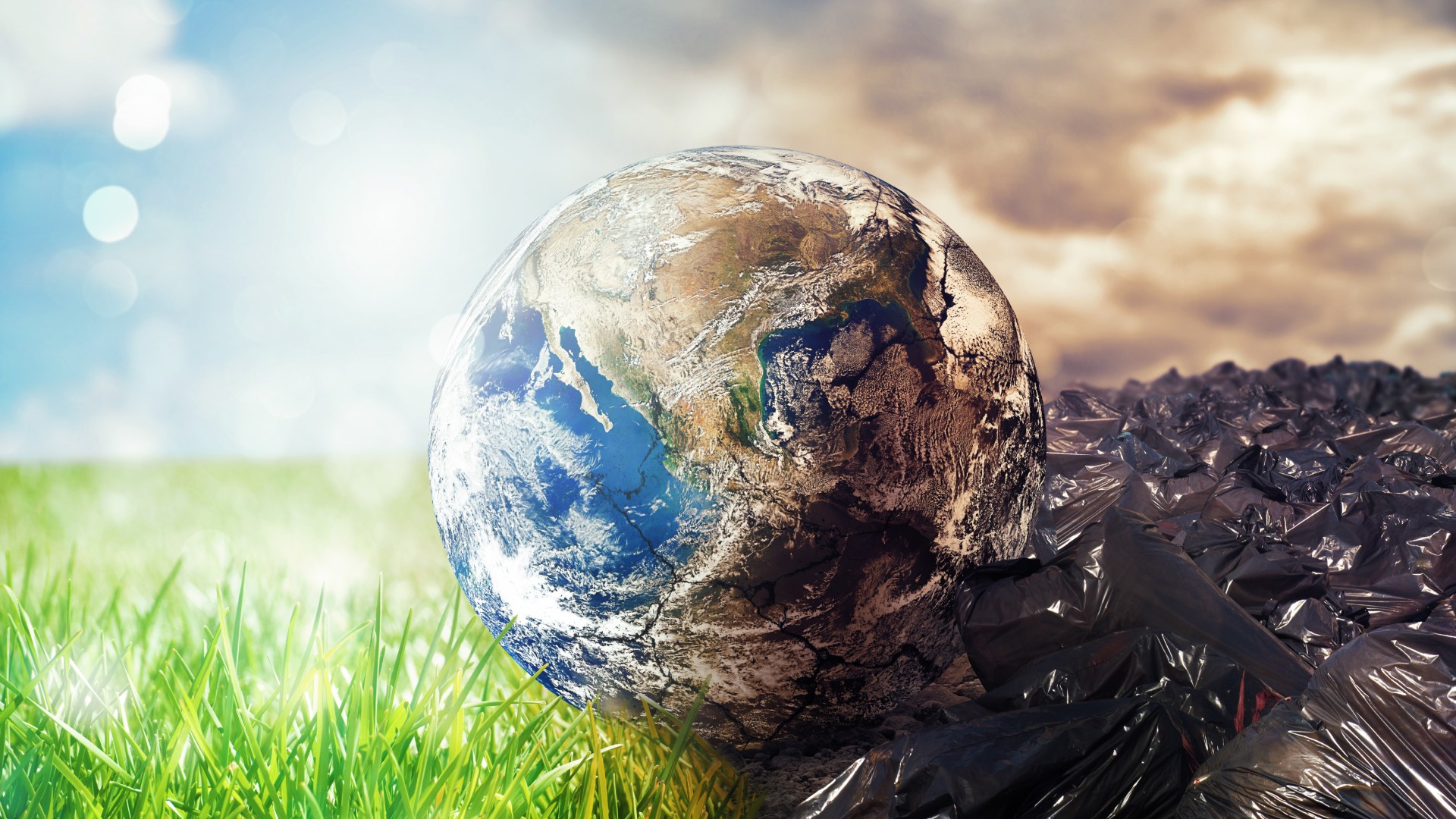
“Rather than debate whether climate change or plastic pollution is of greater threat, a more productive course would be to recognise they are fundamentally linked and take a systems approach to tackle both issues to synergistically reduce GHG emissions.”
Climate change is one of the most alarming issues of our time. The Intergovernmental Panel on Climate Change (IPCC) and several other authorities have proven that the earth is getting warmer at a fast pace. The consequences will be devastating.
Scientists predict that by 2050, the temperature will rise by 2-3°C, which could lead to drought, famine, and heatwaves. If we continue with our current habits and waste management practices, things can go from bad to worse. If you care about our planet’s future, read on to learn how plastic wastes impact climate change – and what you can do about it.
PLASTIC CONSUMPTION AND POLLUTION
Plastic is one of the biggest culprits when it comes to accelerating climate change. Understanding the effects of plastic consumption and pollution on our rapidly changing climate is essential for our planet’s survival. But what exactly is plastic consumption and how does it lead to plastic pollution?
Humans consume plastic on a daily basis. Because of its cheap and durable qualities, we use plastic for a lot of our needs. From carrying groceries, packaging food, and even drinking water from cups. This need to consume plastic products has pushed manufacturing companies to produce more plastic. As a matter of fact, plastic consumption has quadrupled in the past three decades. Emerging markets have created tons of plastic material and harmful by-products. The surplus of mismanaged wastes now continues to pollute our planet – in many ways than one.
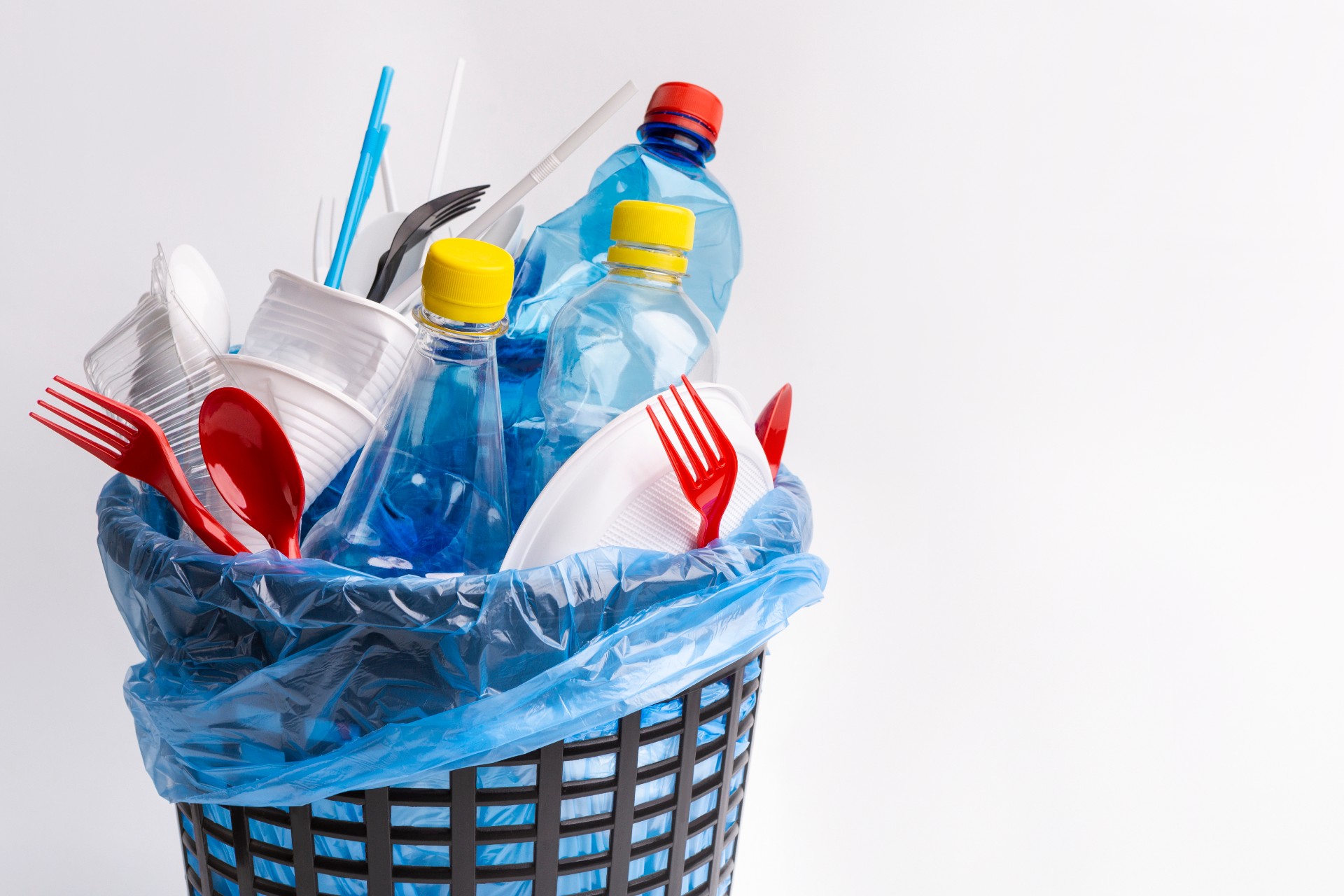
HOW DOES PLASTIC POLLUTION CONTRIBUTE TO CLIMATE CHANGE?
It is no secret that plastic wastes worsen the climate change crisis. But how it happens is a little more complex – and may even be new knowledge to many. From production to decomposition, we will discuss the many ways plastic wastes impact climate change. Read this list to understand the different viewpoints on how plastic consumerism affects the environment – and how this worsens the climate crisis we face today.
1. EMISSIONS FROM PLASTIC PRODUCTION AND DECOMPOSITION
Plastics are made from extracting fossil fuel from the ground. This process results in the emission of greenhouse gases (GHGs). In addition to plastic production, refining fossil fuel is also responsible for the release of toxic gases like CO, CO2, and nitrogen oxides. These substances contribute to the greenhouse gas effect. GHGs in the atmosphere prevent heat and sunlight from escaping our ozone layer – thus warming up the planet. Globally, 3% of the CO2 emissions come from the production of plastics alone.
When plastics decompose, they also release toxic gases like methane, ethylene, and other GHGs. Alarmingly, methane is 25 times more harmful than CO2 emitted during the production of plastics. Methane production of degrading plastics is also harder to contain compared to other GHGs. Proper management of degrading plastics is key to fighting climate change and ozone depletion.
2. PLASTICS AND OCEAN ACIDIFICATION
When plastic bags, bottles, and other plastic products are not disposed of properly, they end up in landfills. From there, they find their way into oceans and lakes. The majority of these plastic wastes end up in large patches of trash called ‘gyres’. These patches of plastic are responsible for marine poisoning, entanglement, and most notoriously, ocean acidification.
When plastic debris gets into oceans, they get broken down into smaller particles and release CO2 – thus, acidifying the ocean water. The change in ocean acidity definitely impacts marine life such as sea urchins, sea stars, and shellfishes. It is important to raise awareness of the problems that ocean acidification brings to marine biodiversity. This will help in developing solutions to reverse the damage of plastic wastes that end up in the ocean.
3. BIODIVERSITY LOSS
We often see posters and flyers depicting sea turtles entangled in pieces of plastic. For years, this has been the face of many campaigns to combat climate change and plastic pollution. And for great reason!
Among many plant and animal groups, marine life is at the most risk of the harmful effects of climate change and plastic pollution. Marine turtles, for example, depend on the ocean temperature to breed. Thus, changes in global temperatures due to climate change affect their reproduction and threaten their populations. Moreover, wastes such as plastic bags and straws thrown into the seas may be ingested by these animals. This may lead to injury and debilitation – or even worse, death.
This story is also true for plants and animals on land. Plants require proper soil nutrition in order to grow. In plastic-polluted soils, however, native flora cannot thrive. For birds, plastic bags are often mistaken for food. These plastic bags are often ingested by or strangled them leading to their deaths. Creating awareness campaigns and developing eco-friendly alternatives to plastic can help reduce the impacts of plastic waste and climate change on our native biodiversity.
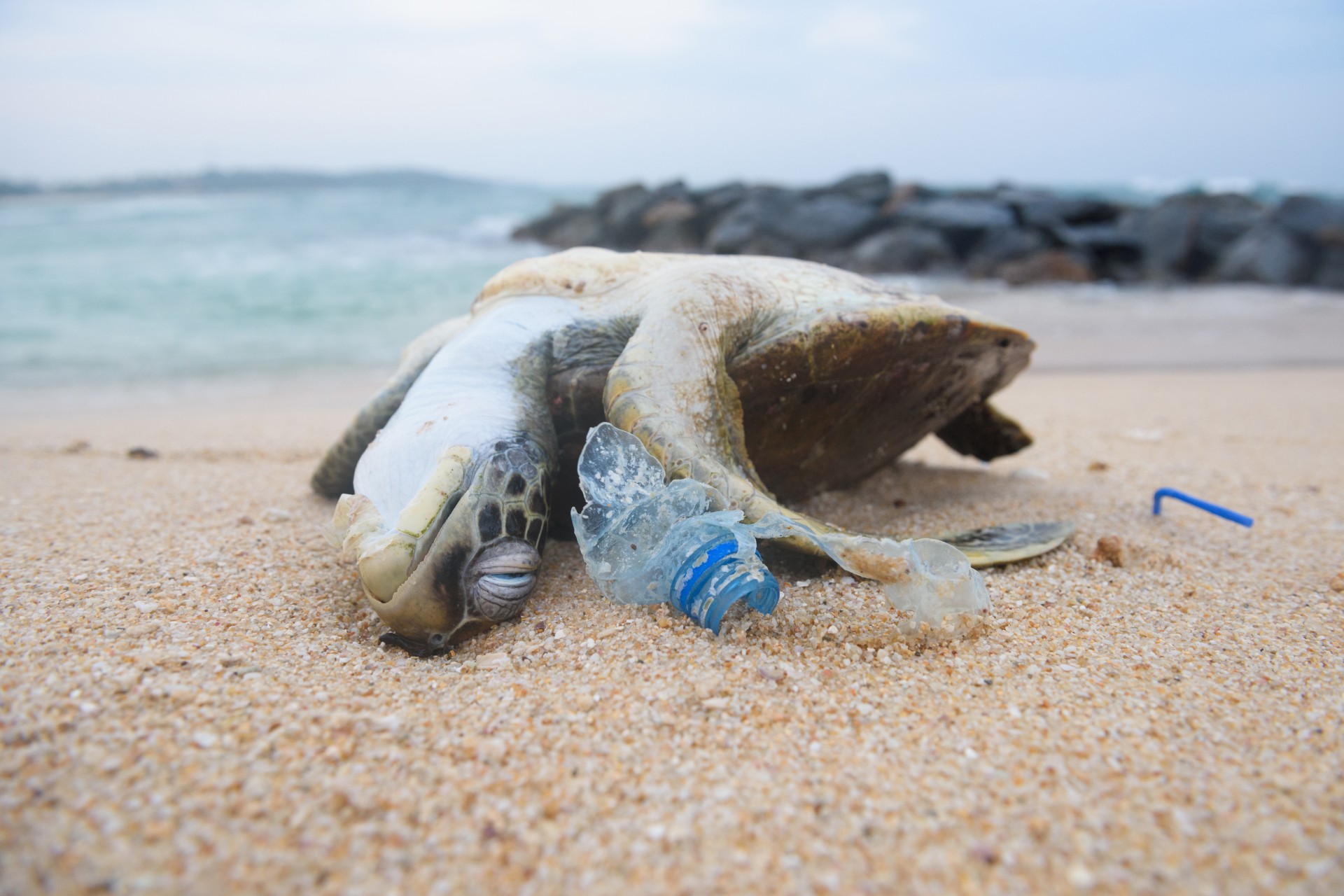
4. ISSUES IN FOOD SECURITY
Animals aren’t the only ones affected by climate change and plastic pollution – humans are as well. In 2021, the Food and Agriculture Organization (FAO) of the United Nations released a report on the impacts of plastic use on food security risks.
In this report, FAO states that the land we use to grow crops has even more plastic pollutants than the oceans. Moreover, around 12 million tons of plastic per year are used in agriculture alone. While it is true that plastic products are helpful in agricultural production, we must weigh their risks to the worsening climate change. FAO recommends that we take practical action against plastic consumption and push government agencies to adopt a “Refuse, Redesign, Reduce, Reuse, Recycle, and Recover” model. This perspective gives us a bigger picture of how plastic consumption impacts our daily lives – down to the food we eat.
5. SOCIAL AND ECONOMIC CONSEQUENCES
If we do not curb our consumption of plastic materials, the consequent climate change may also impact the way our communities live. People in urban regions are reported to be at a vulnerable place under climate change. The problems facing them include power outages, infrastructure damage, unemployment, industry losses, and mortality.
Similarly, people living in rural areas are also at risk of these socio-economic losses, especially in the livelihood sector. This is because rural areas rely heavily on agriculture and fisheries. These two sectors will be the first to be hit when sea levels rise as a result of climate change. Climate change’s economic and social impacts will only worsen current poverty issues, especially in developing countries.
In order for us to grasp the extent of the consequences of climate change, quantifying economic losses is key. And for us to adapt to these consequences, we must identify the costs needed to provide vulnerable communities with monetary and resource help.
STRATEGIES TO FIGHT BACK AGAINST CLIMATE CHANGE
Each stage of a plastic’s life contributes to climate change – from production, manufacturing, usage, disposal, and even decomposition. When it goes out into the world, it will not stop polluting our environment and permanently affect our climate. This impacts not only our daily lives – but the future generations to come. This is why reducing the risks of plastic waste on climate change is of utmost importance.
Several groups have taken action to mitigate these risks. The United Nations, for example, have drafted the Paris Agreement – an international treaty to reduce the impacts of humans on global warming and climate change. This agreement also considers our consumption of plastic goods and actions to reduce them.
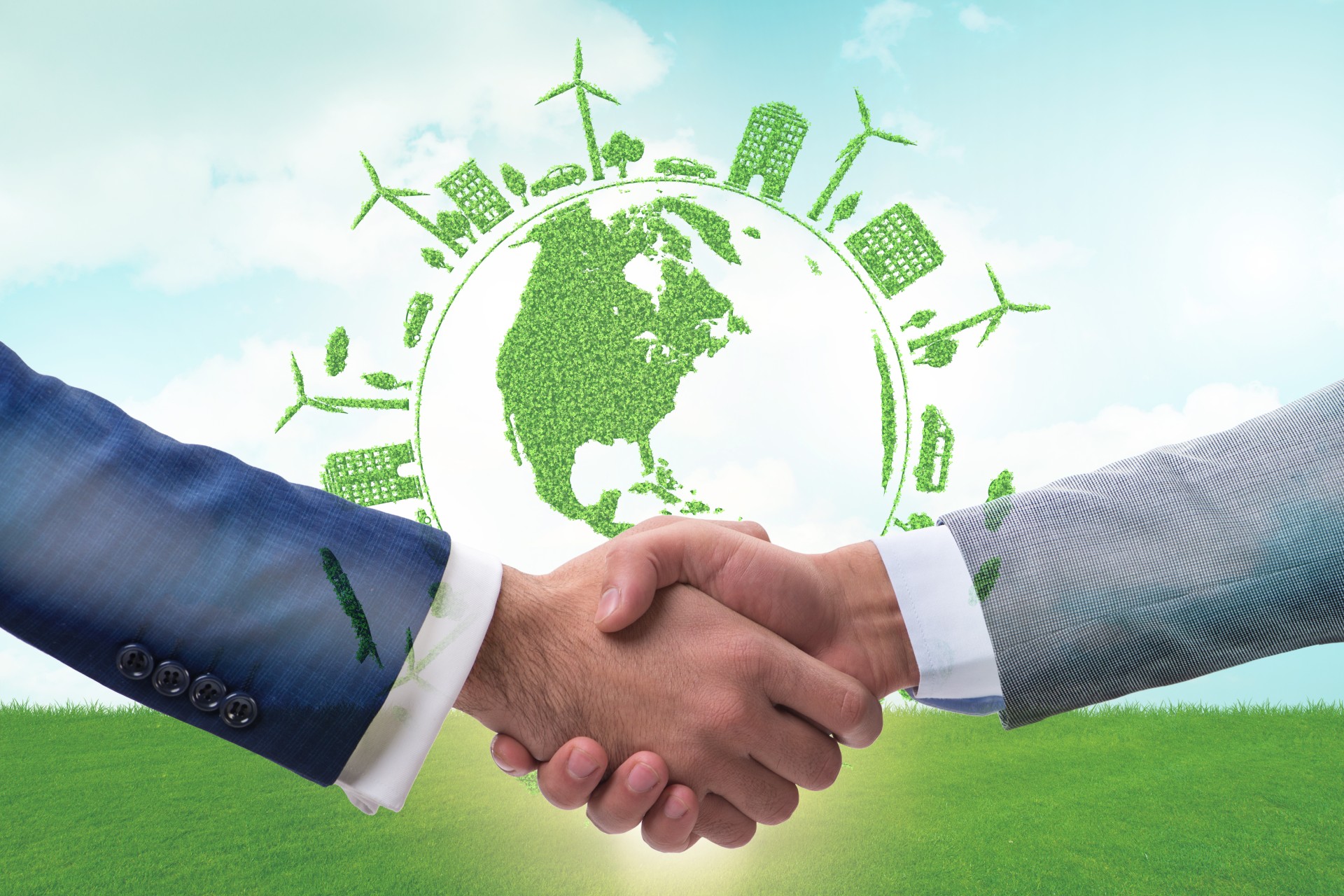
Indeed, collective action is vital to fighting climate change. But that does not mean, we regular people can’t help. In order to help these groups combat climate change, we can take action in our own homes. Here are some key points to take away:
- Refuse plastic items when possible (e.g. plastic straws in fast food joints)
- Find better alternatives to plastic products (i.e. biodegradable plant-based straws like The Happy Turtle Straw, reusable utensils, etc.)
- Reduce your consumption of single-use/disposable plastics
- Reusing plastic items to reduce wastes
- Recycling or reprocessing wastes into new materials
- Actively participate in forums and groups to deepen your knowledge of the impacts of plastic waste on climate change
- Spread the word and invite others to participate in this fight against plastic pollution
FINAL WORDS
Indeed, plastic is a very cheap and useful material. We have been dependent on its capabilities for more than a century now. But seeing how it is often overused and mismanaged, we can’t help but weigh in on its risks to the environment.
Although the harmful effects of plastic waste on the environment are now irreversible, we can still fight back. To reduce the impact of plastic waste on the rapidly changing climate, we must take collective action and actively participate in climate change efforts. As citizens, we must support scientific groups and local communities to develop and implement much-needed policies. As individuals, we should practice eco-friendly and sustainable habits to reduce plastic consumption. And as inhabitants of planet earth, we must learn from our past actions and not repeat the same mistakes for the sake of the planet and the future generations.
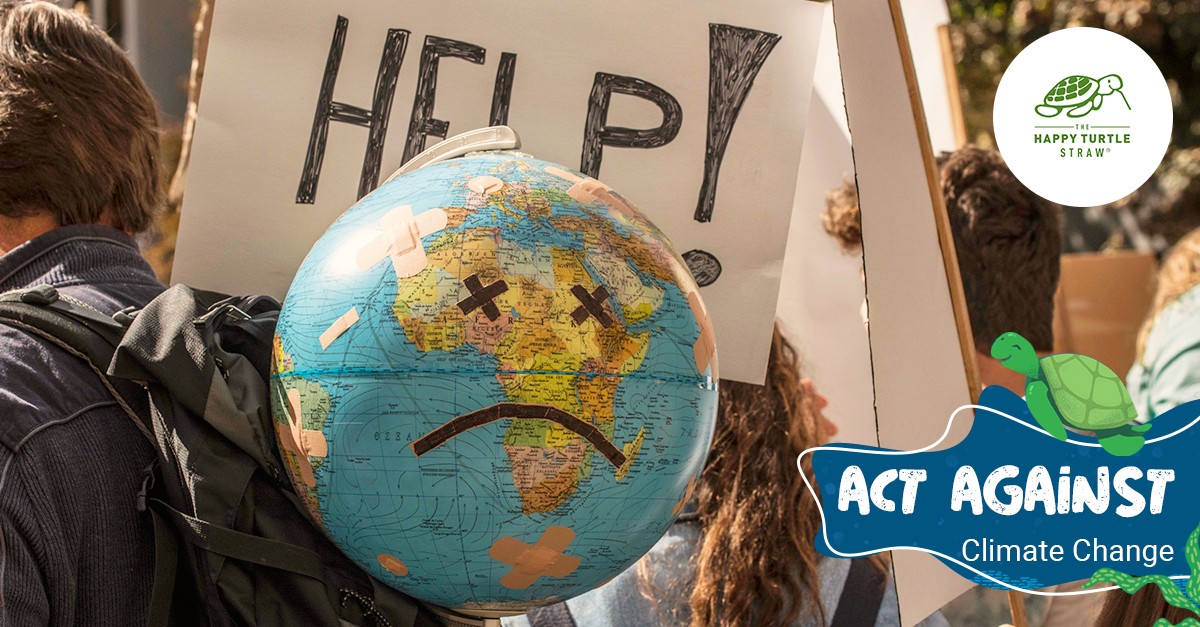 References:
References:
- https://www.ipcc.ch/report/ar6/wg1/downloads/report/IPCC_AR6_WGI_TS.pdf
- https://report.ipcc.ch/ar6wg3/pdf/IPCC_AR6_WGIII_FinalDraft_TechnicalSummary.pdf
- https://yaleclimateconnections.org/2019/08/how-plastics-contribute-to-climate-change/
- https://ec.europa.eu/environment/topics/plastics_en
- https://www.gov.il/en/departments/guides/waste_treatment_hierarchy
- https://www.fao.org/3/cb7856en/cb7856en.pdf




